By tourist on May 24, 2015
About Azores, Corvo Island
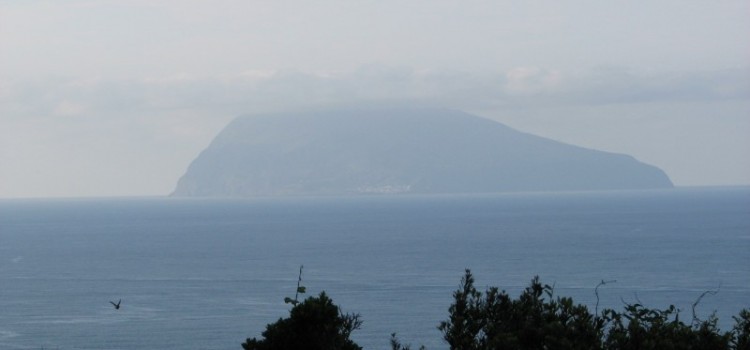
Corvo Island (Portuguese: Ilha do Corvo, pronounced: [ˈiʎɐ du ˈkoɾvu]), literally the Island of the Crow, is the smallest and the northernmost island of the Azoresarchipelago and the northernmost in Macaronesia, with a population of approximately 468 inhabitants (in 2006) constituting the smallest single municipality in Azoresand in Portugal. The history of the Azores is linked to non-official exploration during the period of the late […]
By tourist on May 24, 2015
About Azores, Flores Island
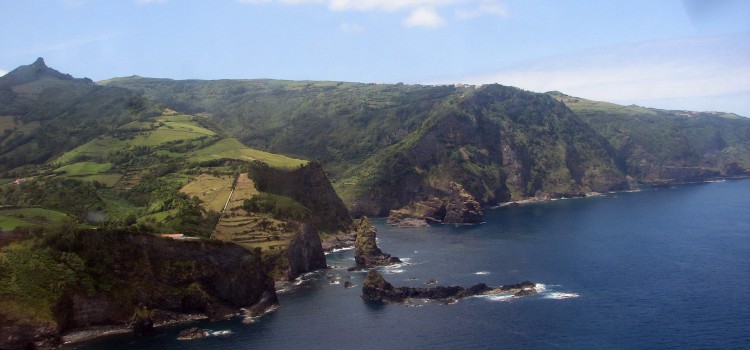
Flores Island is an island of the Western group (Grupo Ocidental) of the Azores. It has an area of 143 km², a population of approximately 3907 inhabitants, and, together with Corvo Island of the western archipelago, lies within the North American Plate. It has been referred to as the Ilha Amarelo Torrado (English: Yellow/Auburn Island) by marketing and due to the association with […]
By tourist on May 24, 2015
About Azores, Faial Island

Faial Island also known in English as Fayal, is a Portuguese island of the Central Group of the Azores. With its nearest neighbours, Pico (east across the channel) and São Jorge (northeast across the channel), it forms an area commonly known as the Trianglo (English:Triangle). The island has also referred to as the Ilha Azul (English: Blue Island), derived from the writings of Portuguese poet Raul Brandão, due to the large quantity […]
By tourist on May 24, 2015
About Azores, Pico Island
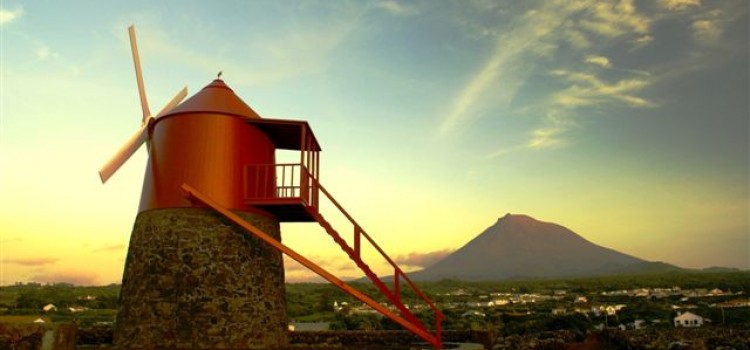
Pico Island is an island in the Central Group of the Portuguese Azores noted for its eponymous volcano, Ponta do Pico, which is the highest mountain in Portugal, the Azores, and the highest elevation of the Mid-Atlantic Ridge. In the tradition of the Portuguese poet, Raul Brandão, Pico is referred to as the Ilha Preta (“Black Island”), for its black volcanic earth, responsible for its UNESCO-designated […]
By tourist on May 24, 2015
About Azores, São Miguel Island
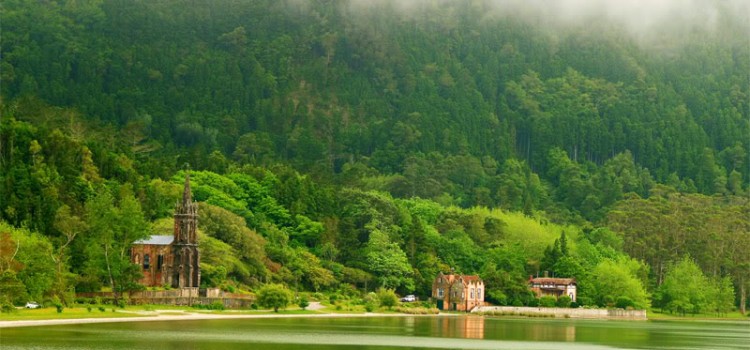
São Miguel Island named for the Archangel Michael or, literally, Portuguese for Saint Michael), is also referred to locally as“The Green Island”, is the largest and most populous island in the Portuguese archipelago of the Azores. The island covers 760 km2 (290 sq mi) and has around 140,000 inhabitants, with 45,000 of these people resident in the largest city in the archipelago: Ponta Delgada. In 1427, São Miguel became the […]
By tourist on May 24, 2015
About Azores, Santa Maria Island
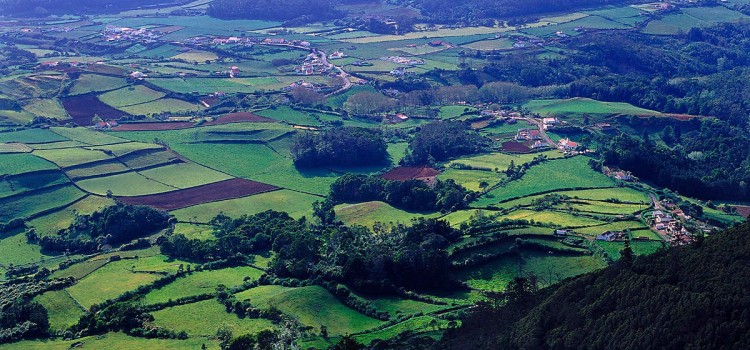
Santa Maria, Portuguese for Saint Mary, is an island located in the eastern group of the Azores archipelago (south of the island of São Miguel) and the southernmost island in the Azores. The island is primarily known for its white sand beaches, distinctive chimneys, and dry warm weather. The first records of a group of islands in the Atlantic […]
By tourist on May 24, 2015
About Azores, Terceira Island
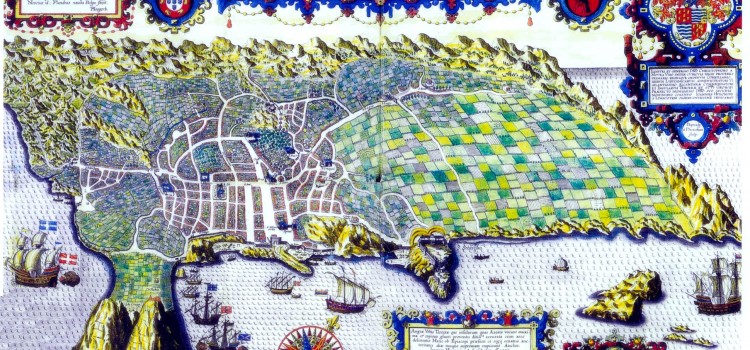
Terceira also referred to as the “Ilha Lilás” (the “lilac” or “violet” island), is an island in the Azores archipelago, in the middle of the North Atlantic Ocean. It is one of the larger islands of the archipelago, with a population of 56,000 inhabitants in an area of approximately 396.75 km². It is the location of the historical capital of […]
By tourist on May 24, 2015
About Azores, Arts and Culture, São Jorge Island
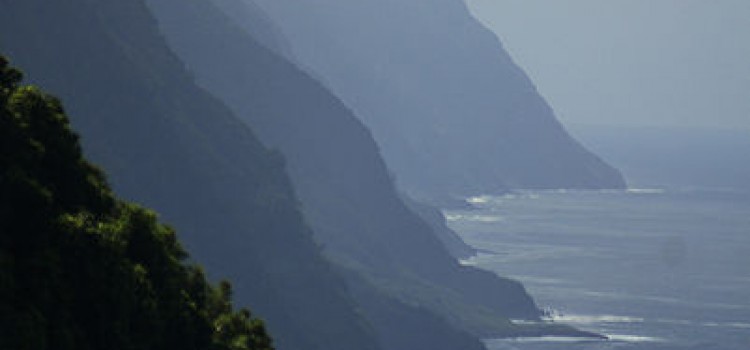
São Jorge Island is a Portuguese island in the central Azorean archipelago of Portugal. It is separated from its nearest neighbors (Pico and Faial islands) by a 15 km strait (consequently, the three islands are sometimes referred to colloquially as the “Triangulo” (Triangle) group or just “The Triangle”). São Jorge is a relatively long thin island with tall cliffs, and where the population (9500 inhabitants.) is […]
By tourist on May 24, 2015
About Azores, Slider
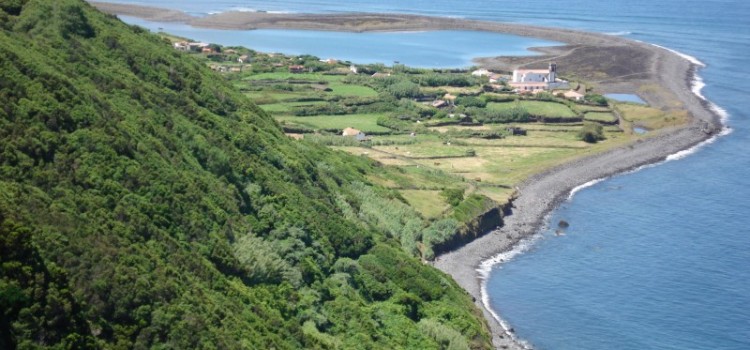
Fajãs, is Portuguese for the supratidal talus-platform geology constructed from landslides or lava flows, that are relatively common coastal features, occurring on the toe of cliffs. Although they exist throughout the world, they are distinct features of the islands of the Azores. These debris fields exist in all the archipelago of the Azores, but are concentrated on the island […]
By tourist on May 24, 2015
About Azores, Faial Island, Horta
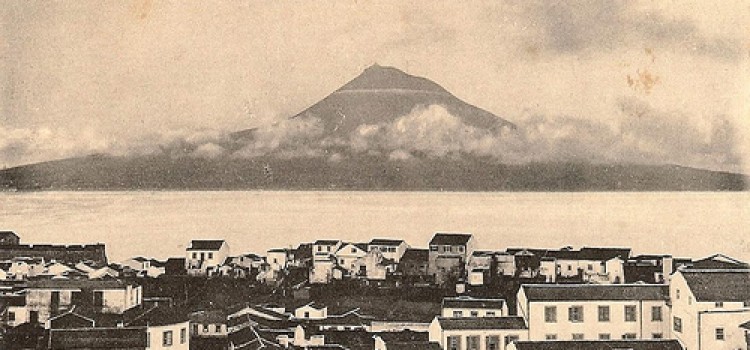
Faial is located in the extreme west of the Azores Central Group, separated from Pico Island by a narrow arm of the sea with 8.3 km (4.5 nautical miles) wide, known for channel Faial. The island has the approximate shape of an irregular pentagon, with 21 km long east-west direction and a maximum width of […]













